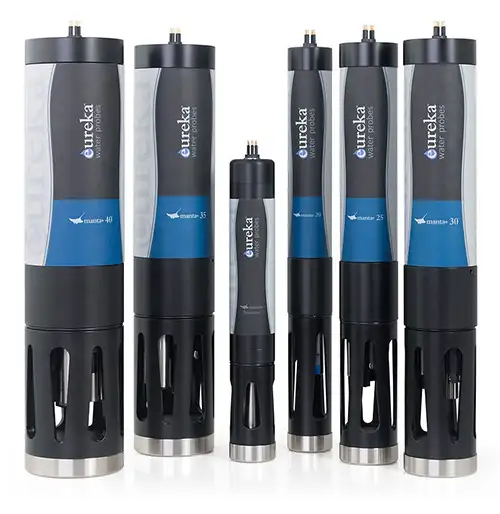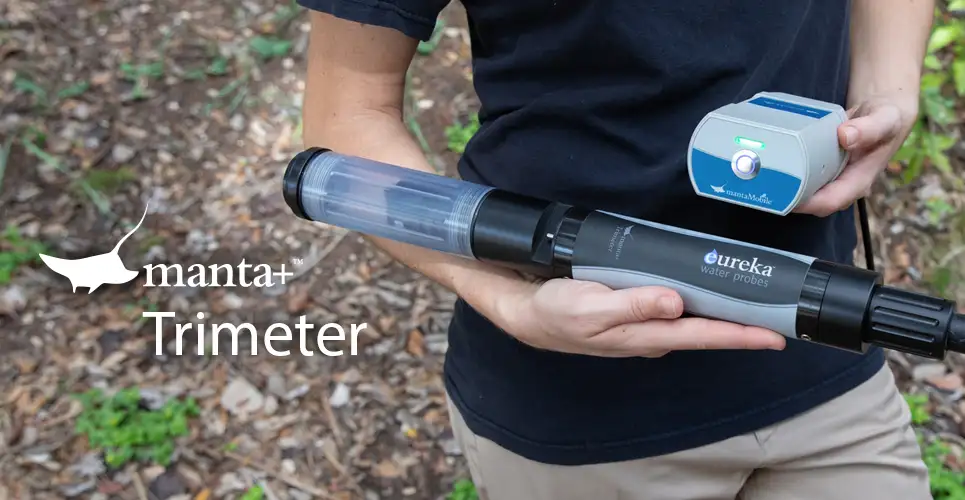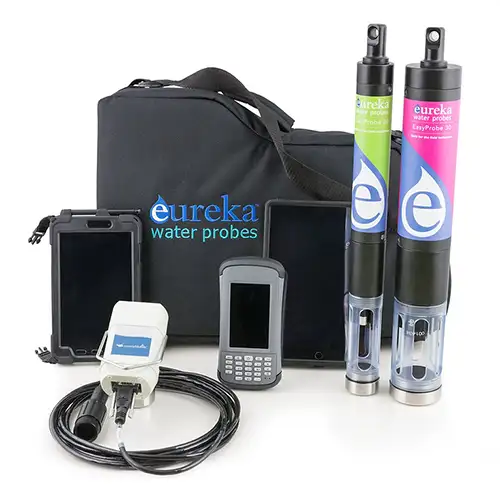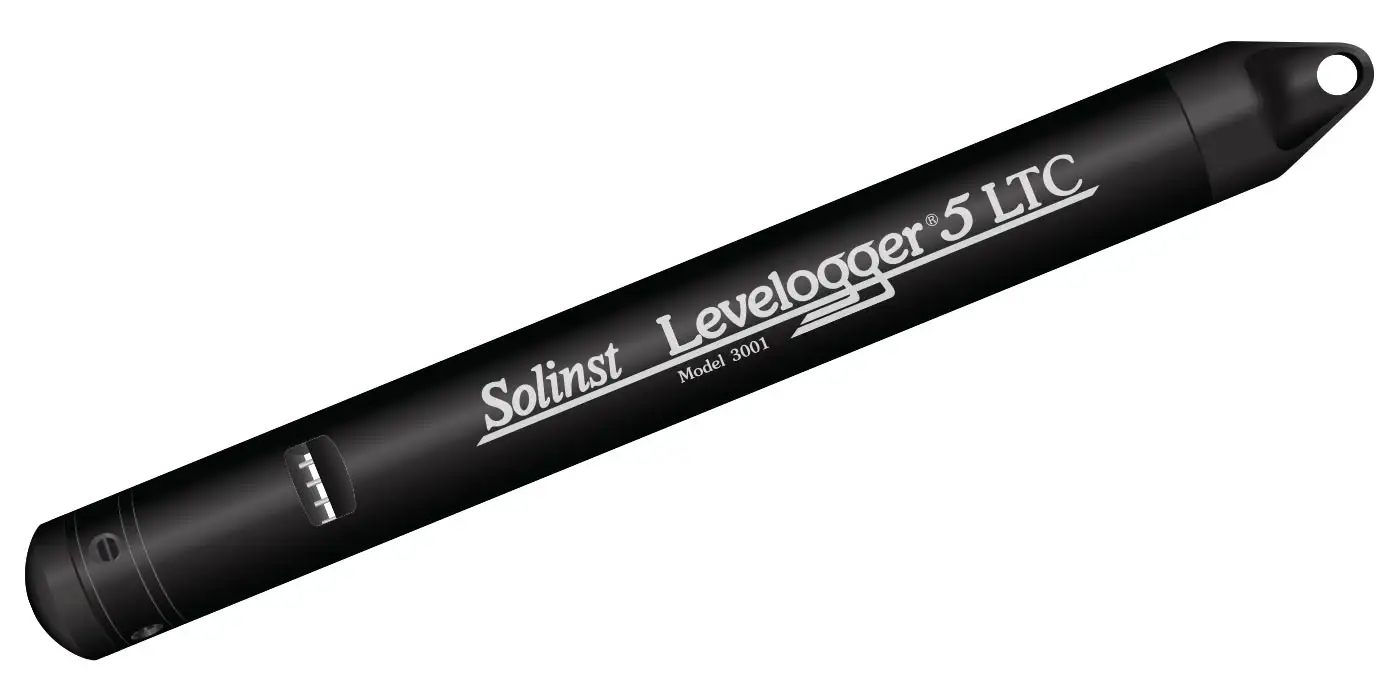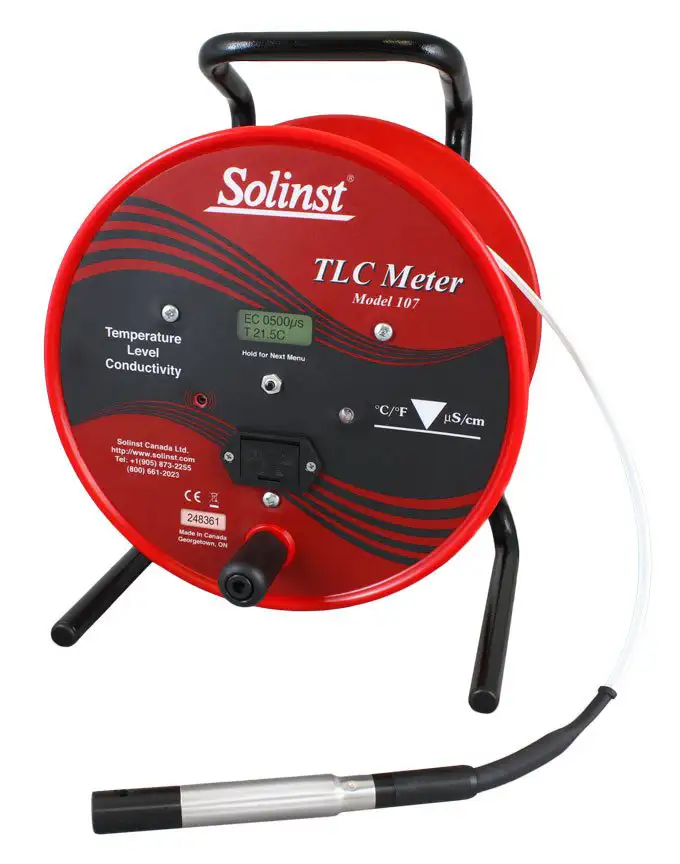Blue Green Algae Sensors: Water Quality Monitoring
Solinst Eureka
2113 Wells Branch Pkwy, Suite 4400
Austin, TX, USA
78728
Tel: +1 512-302-4333
Fax: +1 512-251-6842
email: [email protected]
Water Quality Probes
Solinst Eureka, a global leader in the design and manufacture of multiparameter water quality sondes.
Solinst Field Services
Safeguard your project’s success and mitigate any potential for downtime or additional costs.
Why would I want to measure Blue-Green Algae?
Blue-green algae is not algae, it is bacteria called cyanobacteria (phycobiliproteins). It is called algae because it is, like algae, photosynthetic. In fact, blue-green algae is responsible for over 20% of the earth’s total photosynthesis. And, like algae, cyanobacteria can be found as individual cells in filamentous colonies. Cyanobacteria have been found to be a numerically abundant faction of the phytoplankton community. Their roles in primary production, community structure, and spatial and temporal distribution are of interest for numerous scientific studies as well as natural water monitoring. Since chlorophyll fluorescence cannot be used to accurately determine cyanobacterial presence, analyzing phycobilin concentrations is essential for detecting, quantifying, and monitoring cyanobacterial levels.
Despite cyanobacteria’s beneficial role in earth’s oxygen cycle, they often multiply to the point that they exhaust their nutrient source and die in large numbers. Their subsequent decay can so lower the oxygen level in the water that a fish-kill results. Dying cyanobacteria can emit toxins harmful to humans and other animals.
Changes in long-term blue-green algae trends can signal the need for more detailed chemical study of water bodies and their contamination sources.
How is Blue-Green Algae Measured?
Solinst Eureka’s blue-green algae sensor is a fluorometric sensor. Fluorescence occurs when a molecule absorbs light energy at one wavelength and then emits that energy at a different wavelength. Fluorometric sensors emit light at a certain wavelength, and look for a very specific, different wavelength in return. If you shine a blue light at blue-green algae, the blue-green algae absorb some of the blue light and then emits red light. More molecules of blue-green algae produce more red light, so the magnitude of the return light is relatable to the amount of blue-green algae present.
There are three ways to calibrate blue-green algae sensors. First, you can calibrate to a known concentration of blue-green algae; the sample can be prepared gravimetrically or can be purchased. Second, you can calibrate with a “cal cube” or solid secondary standard, which is an optical device available from Eureka that provides a consistent output for a given type of fluorescence.
Third, you can calibrate with a transfer standard, such as rhodamine. The latter two methods are indirect, but fast, inexpensive, and practical.
What should I know about Blue-Green Algae measurement in the field?
Fouling is the biggest field problem for fluorescence sensors. Any foreign material that accumulates on the active surface of the sensor will either reduce the amount of emitted light or received light, or both. And sometimes the foreign material might provide a false signal by fluorescing at the same wavelengths as blue-green algae. Fouling typically does not pose a problem when profiling or spot checking for daily surveys; only when deployed for extended periods. For continuous deployment, anti-fouling accessories may be added, such as Eureka’s universal wiper system, and copper mesh sensor guard.
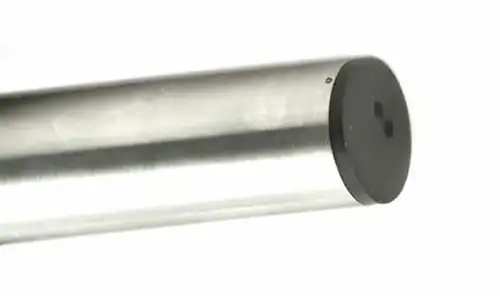
Blue Green Algae Sensors for
Water Quality Sondes
- Range
0 – 4500 ppb, Phycocyanin (freshwater BGA)
0 – 700 ppb, Phycoerythrin (marine BGA) - Accuracy
linearity of 0.99 R² - Resolution
0.01 - Units
ppb - Calibration
lab-qualified algae sample
secondary solid standard cap (“cal cube”) - Maintenance
cleaning and calibration - Sensor Life
5+ years - Sensor Type
fluorescence
Features of Solinst Eureka’s Blue-Green Algae Sensors
Features of Solinst Eureka’s Blue-Green Algae sensor include two different sensors available for monitoring in marine and freshwater applications: Phycoerythrin, which is dominant in marine species such as Synechococcus spp., and Phycocyanin, which is abundant in freshwater taxa such as Anabaena, Microcystis, and Spirulina. Eureka’s BGA sensors are the best of their kind for portable water-quality instruments. Blue-Green Algae sensors can be installed in MantaPlus multiprobes alongside other sensors, such as additional fluorometers, dissolved oxygen, pH, and conductivity sensors. If only BGA monitoring is required, the sensor can be installed on a smaller probe, such as the Trimeter. Solinst Eureka multiparameter probes can be configured with battery packs for autonomous self-powered deployment, used with field displays for site-to-site spot checking, or connected to data telemetry stations for real-time remote monitoring. Solinst Eureka sondes equipped with fluorometers are portable, durable, and cost-effective.
Related Products
Manta Series Water Quality Probes
Solinst Eureka offers the largest selection of water quality sensor technologies in the industry. So in addition to standard configurations, each probe may be customized for your specific application. Pick sensors of your choice to fully populate larger probes, or add a battery pack to convert a probe to a logging device.
Manta Trimeter Water Quality Probe
The Trimeter holds any one sensor* from the Sensor Parameters list, Plus temperature and depth sensors (both are optional). For example, a Trimeter configuration could be turbidity, temperature, and depth. Another example could be DO and temperature.
EasyProbe: Water Quality Sondes
The EasyProbe, by Solinst Eureka, is a high-performance, cost-effective water quality monitor. It's ideal for spot-checking, remote telemetry, education, research, aquaculture, and more. The EasyProbe20 includes sensors for temperature, dissolved oxygen, conductivity, and pH, while the EasyProbe30 adds a turbidity sensor. Eureka multiprobes are known for their reliability, with a three-year warranty covering all sensors, and have the lowest maintenance costs in the industry.
Water Level, Temperature & Conductivity Datalogging
The Levelogger 5 LTC measures and logs water level fluctuations, temperature and conductivity. It is programmed to record at intervals as often as 2 seconds. It includes an 8-year battery, memory for 100,000 sets of readings, and comes in 6 pressure ranges. A PFAS-free coating (inside and out) provides superior corrosion and abrasion resistance.
TLC Meter – Measure Accurate Temperature, Level & Conductivity
A TLC Meter provides accurate, stable temperature and conductivity measurements, displayed on a convenient LCD display for easy reading. Static water level and depth of readings are read off Solinst flat tape, which is precisely laser-marked every mm or 1/100 ft. Tape lengths are available to 300 m (1000 ft).

